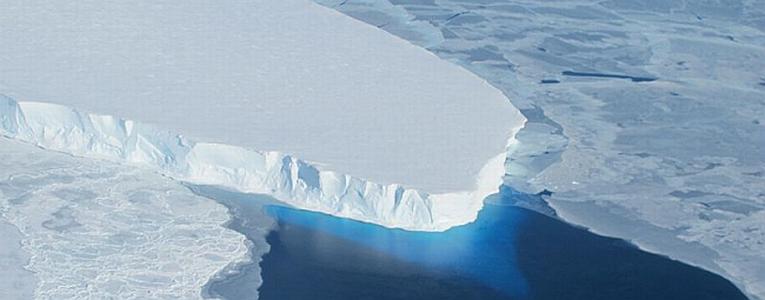 During Women’s History Month, it seems a good time to remember Mary Ann Brown Patten, the first woman to command an American merchant ship. An updated repost.
During Women’s History Month, it seems a good time to remember Mary Ann Brown Patten, the first woman to command an American merchant ship. An updated repost.
The year was 1856. The ship was the clipper ship Neptune’s Car, bound for San Francisco from New York City. Mary’s husband Captain Joshua had collapsed, suffering from “brain fever.” For 56 days, Mary took over the command and navigation of the ship. She faced down a mutiny and successfully brought the clipper into San Francisco. On her arrival, Mary was 19 years old and pregnant with her first child.
Mary was 16 when she married Captain Joshua Patten in 1853. He was 25 and a captain in the coastwise trade. The next year he was offered the captain’s berth on the clipper ship Neptune’s Car after the previous captain fell ill. He asked and was granted permission to bring his young wife on the voyage. With Mary at this side, Captain Patten made a fast passage from New York to San Francisco, then onward to China, London and back to New York.

 CNN reports that the United Nations has released a plan to offload 1 million barrels of oil off FSO Safer, a floating oil storage and offloading vessel, that has been moored off the coast of Yemen for more than 30 years.
CNN reports that the United Nations has released a plan to offload 1 million barrels of oil off FSO Safer, a floating oil storage and offloading vessel, that has been moored off the coast of Yemen for more than 30 years.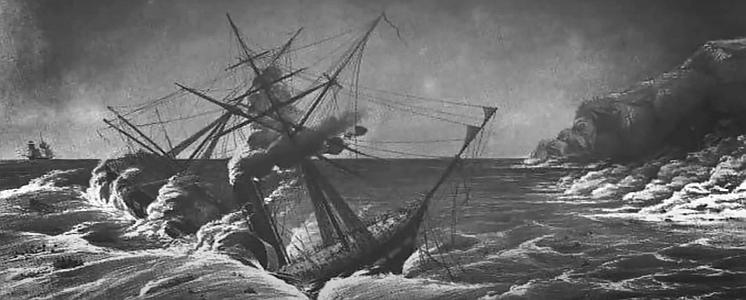 HMS Birkenhead was one of the first iron-hulled ships built for the Royal Navy. She was designed as a steam frigate, but was converted to a troopship before being commissioned in 1851.
HMS Birkenhead was one of the first iron-hulled ships built for the Royal Navy. She was designed as a steam frigate, but was converted to a troopship before being commissioned in 1851. In honor of both Women’s History Month and Black History Month, an updated repost about Gladys West.
In honor of both Women’s History Month and Black History Month, an updated repost about Gladys West.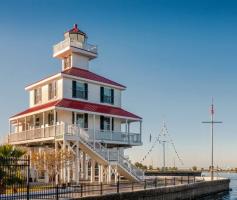
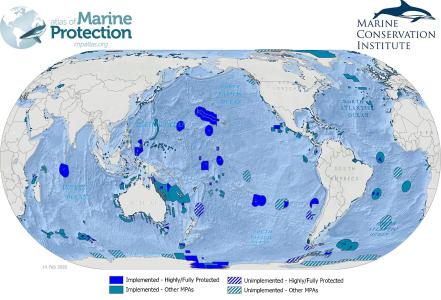

 In honor of both March’s Women’s History Month & February’s Black History Month, an updated repost about the barrier-shattering naval engineer
In honor of both March’s Women’s History Month & February’s Black History Month, an updated repost about the barrier-shattering naval engineer 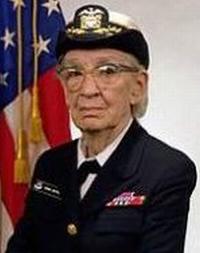 During Women’s History Month, it is good to remember and to honor
During Women’s History Month, it is good to remember and to honor  I was stunned and saddened to read that shanty singer and folklorist
I was stunned and saddened to read that shanty singer and folklorist 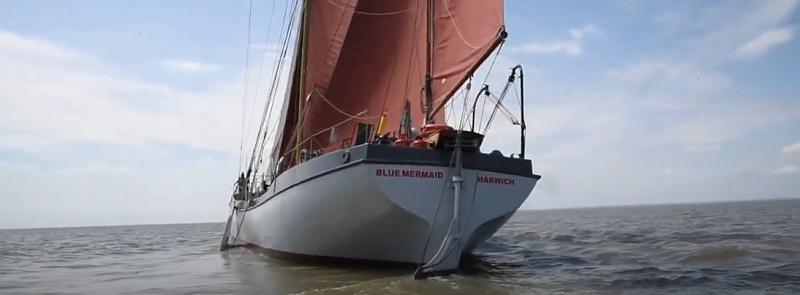 In 2019, we posted about
In 2019, we posted about 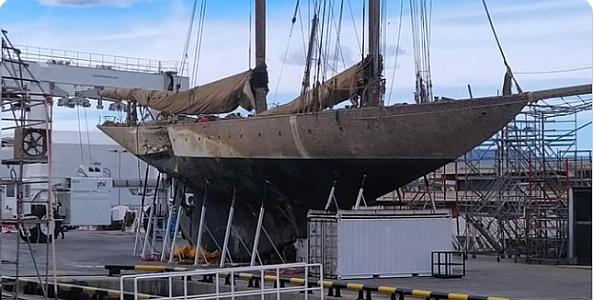 Sad news. The
Sad news. The 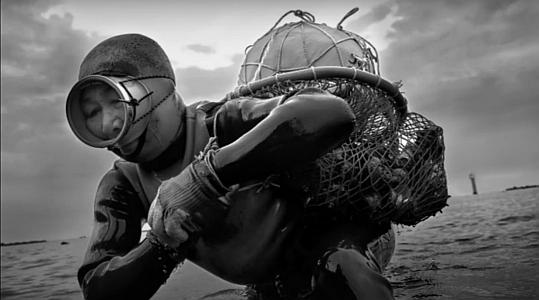 On the first day of Women’s History month, something a bit different.
On the first day of Women’s History month, something a bit different.  Yesterday, the
Yesterday, the 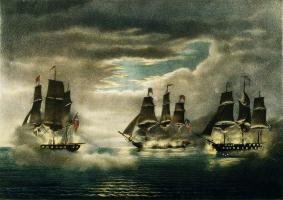
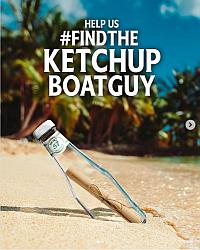
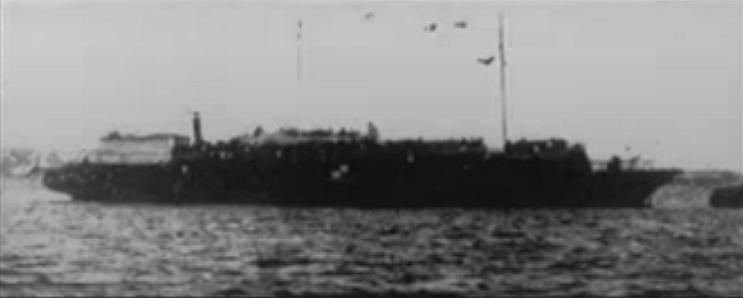 Eighty-one years ago today on February 24, 1941, the overloaded and unseaworthy
Eighty-one years ago today on February 24, 1941, the overloaded and unseaworthy 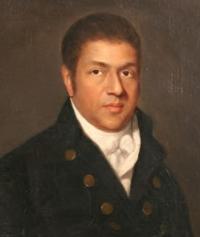 During Black History Month, it is worthwhile to remember early African-American shipmasters. Who was the first? That is hard to say.
During Black History Month, it is worthwhile to remember early African-American shipmasters. Who was the first? That is hard to say. 